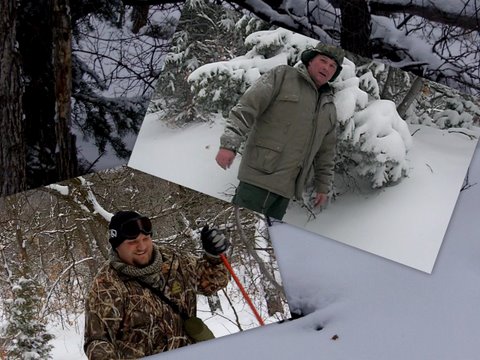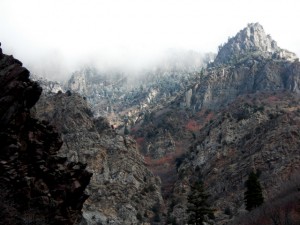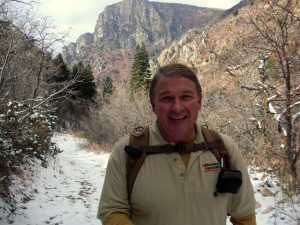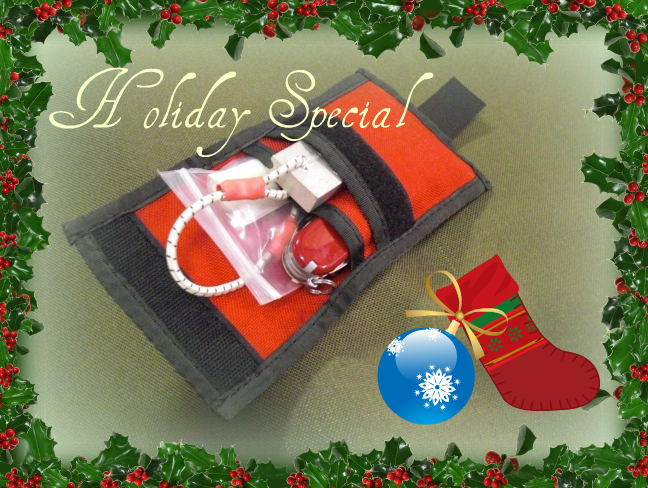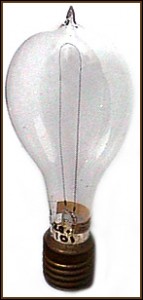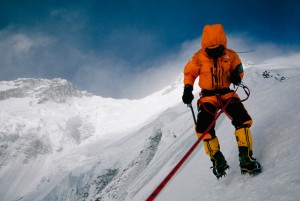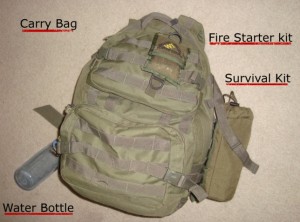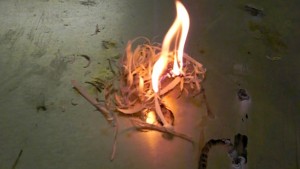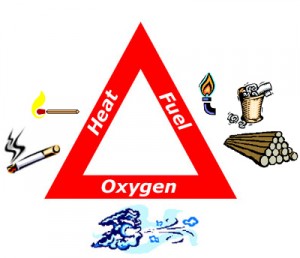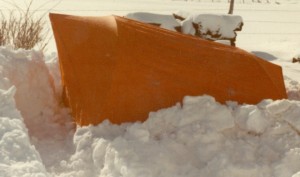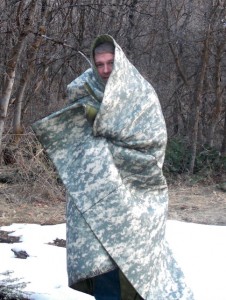First of all we would like to thank everyone for the support over the past year. We were able to meet some significant benchmarks in 2010, and we could never have done that without everyone’s help. We have some incredible plans and goals in store for this year and will continue to keep improving on the base that we have established.
On Youtube towards the end of the year our channel was upgraded and we are now able to easily do full length trainings with no time limit. We have plans for some incredible video trainings with our new survival system that we will be launching this month. We have started shooting our videos in HD which will give a higher quality option in our full length trainings as well as better videos in general. We crossed the 100,000 mark on our channel in total upload views in 2010, and have plans to triple that this year!
In 2010 we were able to add a few additional products to our line including the launch of our Personal Survival Tarp, which has had some significant interest across the survival community. We have been testing and developing many products throughout the past year and will be adding them to our catalog this year. We have a few exciting changes that we will be making to our current products, and we will keep you up to date on the changes as they happen.
Our winter products will be added over the next couple of weeks, we have had many people inquiring about our FOAM (Fully Optimized Arctic Management) Gear, specifically the Mukluks which underwent some changes from the initial video that we created for those. We have plans to sell the Mukluks as well as sell the patterns with the materials to be able to make them yourself. We have some awesome plans for the FOAM gear line and will continue to grow that throughout the winter season.
We have planned out dates for our Quarterly Survival Rendezvous and have some fun things in store for each of the survival trainings. Make sure you check out those dates on our Calendar under the WI events page. We will continue to add additional Training dates and keep you posted on those as well.
As a company we are so excited to grow and continue working toward our goal of “Simplifying Survival” without your help we would not be able to meet those goals, so again we thank you for your continued support!
The Wilderness Innovation team!




